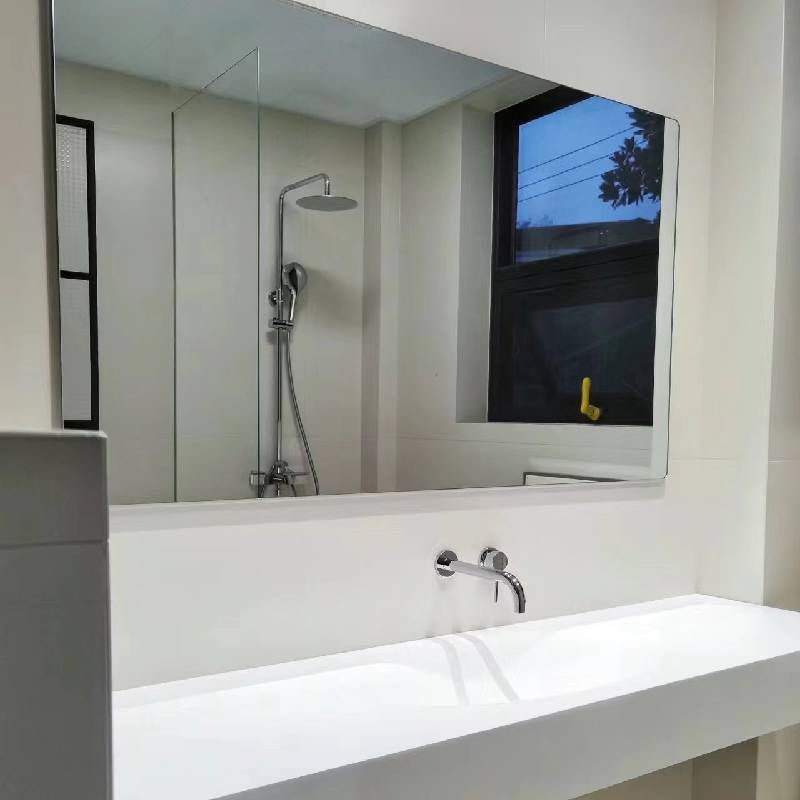

Exploring the Aesthetic and Practical Benefits of Raw Mirror Glass
In the realm of contemporary design, raw mirror glass has emerged as a compelling material, captivating architects, interior designers, and artists alike. This unique type of glass, characterized by its unrefined finish and reflective properties, offers an intriguing blend of aesthetic appeal and practical advantages. From enhancing visual spaces to contributing to various artistic expressions, raw mirror glass is transforming the way we perceive and utilize reflective surfaces in our environments.
The Intriguing Aesthetic
Raw mirror glass possesses an organic quality that distinguishes it from traditional mirrors. Unlike polished mirrors, which deliver a flawless and often clinical reflection, raw mirror glass presents a textured and sometimes distorted image. This characteristic adds depth and a sense of authenticity to spaces, making it particularly popular in modern and minimalist designs. The imperfections in raw mirror glass can create intriguing visual effects, playing with light and shadow to alter perceptions of space and form.
The ability of raw mirror glass to reflect and refract light invites creative applications
. Designers often use it as a statement piece in interior settings, where its reflective surface can visually expand small rooms, create a sense of openness, and enhance natural light. In art installations, its unpredictable reflection can evoke emotional responses, prompting viewers to engage with the piece in a more personal way. As such, raw mirror glass not only serves functional purposes but also becomes a medium for artistic exploration.Practical Benefits

Beyond its aesthetic allure, raw mirror glass comes with a range of practical benefits. One notable advantage is its durability. While traditional mirrors can be susceptible to scratches and damage, raw mirror glass is typically tougher and more resilient. This quality makes it an ideal choice for high-traffic areas like commercial spaces, where longevity and maintenance are critical concerns. Additionally, raw mirror glass can be crafted in various shapes and sizes, allowing for versatility in design and application.
Furthermore, raw mirror glass can be used in a myriad of settings—from bathrooms and living rooms to restaurants and galleries. Its ability to blend seamlessly with different materials, such as wood, metal, and stone, enables designers to create cohesive and harmonious environments. In retail spaces, for instance, raw mirror glass can enhance displays and draw attention to products, enriching the overall shopping experience.
Environmental Considerations
In today's design landscape, sustainability remains a key consideration. Many manufacturers of raw mirror glass are exploring eco-friendly production methods, utilizing recycled materials and minimizing waste in their processes. As a result, raw mirror glass can be an environmentally responsible choice, appealing to designers and consumers who prioritize sustainability without compromising on style.
Conclusion
The rise of raw mirror glass in design showcases the evolving relationship between aesthetics and functionality. Its unique reflective qualities, durability, and adaptability make it a valuable addition to a variety of settings, blending beauty with practical sensibility. As the world of design continues to embrace innovation and creativity, raw mirror glass stands out as a material that not only reflects light but also inspires new possibilities in art and architecture. Whether used in a home, a gallery, or a commercial space, raw mirror glass has the power to transform environments, inviting us to reconsider the role of reflection in our daily lives.